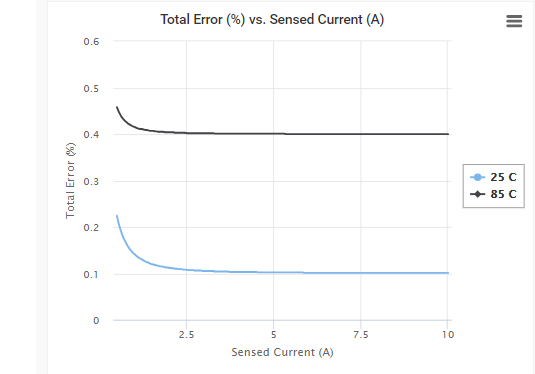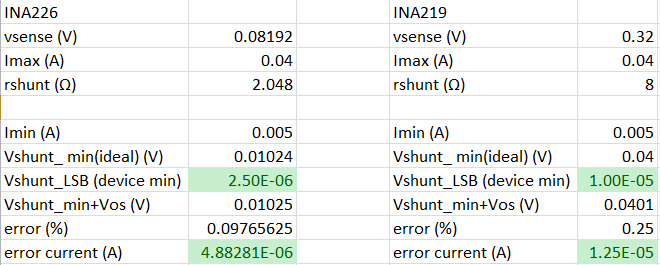Hi,
This is david from Unionmem, Now we are looking for a sourcing current monitor solution. The requirement is :
measurement range:5~40mA
Accuracy:10uA
we need this solution to measure the current consumption of another low power IC.
we can measure the current value just like 5.26mA,20.67mA etc. and hope we can measure the current clearly in time
we have ever found the solution INA226,ina219 on TI website, but we're not sure the two solution can meet our requirement, please kindly help to check and suggest your solution to us, tks!
Regards,
David Hu



